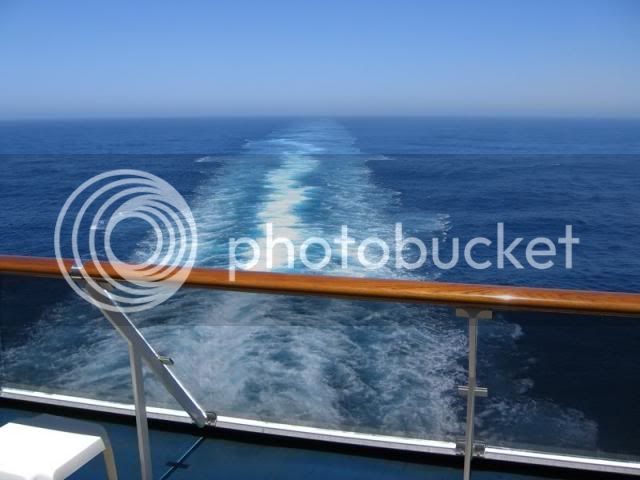It's quite impossible to reliably tell one person riding twice on different days apart from two separate people riding on different days -- I mean, governments may make efforts to tie people to a supposed "unique real identity", but there's simply no way to do it reliably, and no good reason to do so, either.
The idea that average citizens cannot be reliably tracked is perpetuated for reasons other than honest transparency. The basic computational theories were understood back in the 1980's, the necessary data pools were in the process of being digitized in the 1990's, and the required processing power was commoditized in the 2000's. If you think you're not being accurately tracked you're either taking exceptional measures to avoid being tracked or you simply don't understand the nature of what's tracking you.
It's quite straightforward to avoid being tracked *accurately*. All you need is several variant spellings of your name and several sets of distinct habits -- and this is easier to do, even by accident, than most people think it is. All the algorithms are designed for "average case" scenarios.
You are quite right that most people don't do anything to avoid being tracked though, and most people are creatures of habit. So the tracking works fine for marketing, of course, because for marketing you don't really care whether all your numbers are off by 5%, or whether 5% of the people you're tracking are nonexistent/duplicates/ficticious -- 5% is immaterial. This tracking was, of course, developed for marketing purposes.
The tracking doesn't work for most legitimate government purposes. Many agencies of the government need to find actual individuals who are trying not to be tracked -- which you simply can't reliably do with this sort of easily-spoofed, easily-stuffed-with-garbage data. The NSA is very good at spying on (and collecting blackmail information on) famous public officials and corporate leaders who are constantly in the limelight, but pretty much useless at catching terrorists or other people who don't want to be found. Every other agency trying to use "big data", including the TSA, has a similar record. Apparently Tsarnaev was "misplaced" in the records simply because he used a variant spelling of his name.
Meanwhile, regarding more respectable government agencies like the IRS, Social Security Administration, or census, they usually want exact data, which this sort of marketing-tracking simply can't generate.
Furthermore, no other transportation method even tries to measure this, so it's not useful for comparison purposes. Do the airlines know how many unique travellers they have? No, they don't. Probably less than 5% of the population of the US take an airplane in any given year. Jetsetters, meanwhile, are flying daily.
I actually tend to agree with most of your positions, but this appears to be pure unmitigated nonsense.
I'm probably exaggerating the stats, but the fact is that the airlines do not know how many unique travellers they have, largely because *they don't really care*. It's the same ticket revenue whether it's two people or one person making two trips. They know most of their frequent travellers, and they really aren't bothered about whether the remaining occasional customers are repeat customers or separate customers -- it doesn't matter so why try to find out? Furthermore, the airlines have a commercial incentive not to swap data with each other, so every time you change airline you show up as a separate traveller. Quite likely with a different misspelled variant of your name, if my experience is typical; I had three different misspellings on one trip once. (eyeroll) As for the TSA, they can't even tell apart different people with the same name, as numerous incidents have documented, so they certainly don't know.
To get back to topic, I don't think Amtrak really cares how many of its riders are unique either. It's the same ticket revenue either way.
I think the original motivation for this topic was the question of what percentage of the population was aware of, and cared about, Amtrak. This is a good question, but counting unique riders also doesn't really measure that. That depends on how many of your riders liked the experience and how many of them are talking to their friends. Worse, it's documented that social networks follow a power law, so that a small number of people have a zillion friends while a large number of people have a few friends -- so actually, "public opinion" of Amtrak depends on a relatively small number of "opinion makers" who know a huge number of people and talk to them a lot. Which means it matters whether your riders are "opinion makers" or not, so the raw number of unique riders is unimportant.
Now, one thing you can do with tracking and social network analysis is to identify which people are highly-connected opinion makers. This is one reason it's useful for marketing. Of course, if you give those people the slightest hint that you're doing something creepy like tracking them, they may turn on you.... and they're opinion makers, so... all this stuff is much harder to do competently than your average "Big Data" guy thinks it is.





